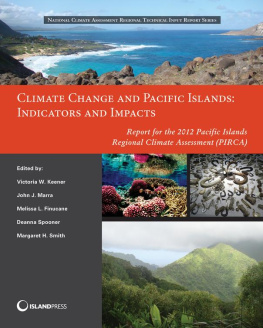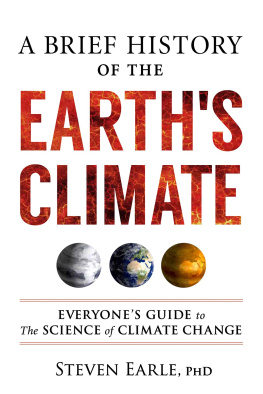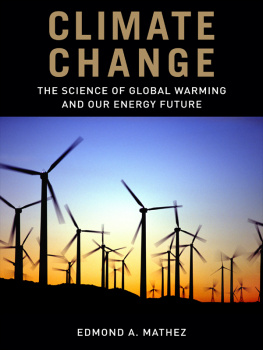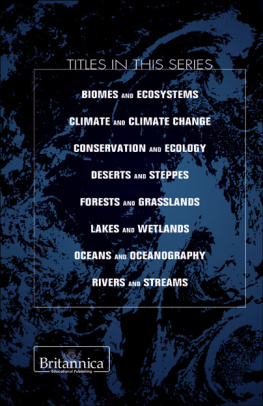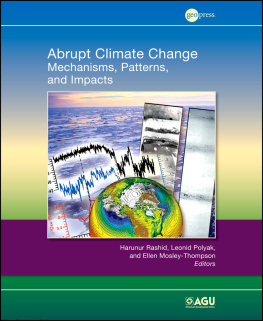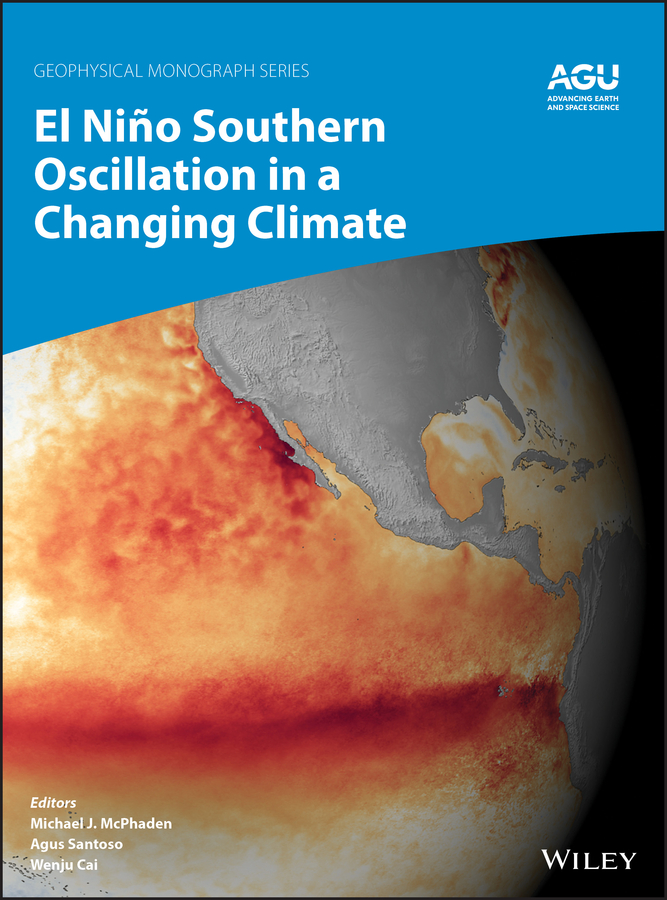Michael J. McPhaden - El Niño Southern Oscillation in a Changing Climate
Here you can read online Michael J. McPhaden - El Niño Southern Oscillation in a Changing Climate full text of the book (entire story) in english for free. Download pdf and epub, get meaning, cover and reviews about this ebook. City: Washington, D.C., year: 2020, publisher: Wiley-AGU, genre: Science. Description of the work, (preface) as well as reviews are available. Best literature library LitArk.com created for fans of good reading and offers a wide selection of genres:
Romance novel
Science fiction
Adventure
Detective
Science
History
Home and family
Prose
Art
Politics
Computer
Non-fiction
Religion
Business
Children
Humor
Choose a favorite category and find really read worthwhile books. Enjoy immersion in the world of imagination, feel the emotions of the characters or learn something new for yourself, make an fascinating discovery.

- Book:El Niño Southern Oscillation in a Changing Climate
- Author:
- Publisher:Wiley-AGU
- Genre:
- Year:2020
- City:Washington, D.C.
- Rating:4 / 5
- Favourites:Add to favourites
- Your mark:
El Niño Southern Oscillation in a Changing Climate: summary, description and annotation
We offer to read an annotation, description, summary or preface (depends on what the author of the book "El Niño Southern Oscillation in a Changing Climate" wrote himself). If you haven't found the necessary information about the book — write in the comments, we will try to find it.
Comprehensive and up-to-date information on Earths most dominant year-to-year climate variation
The El Nio Southern Oscillation (ENSO) in the Pacific Ocean has major worldwide social and economic consequences through its global scale effects on atmospheric and oceanic circulation, marine and terrestrial ecosystems, and other natural systems. Ongoing climate change is projected to significantly alter ENSOs dynamics and impacts.
El Nio Southern Oscillation in a Changing Climate presents the latest theories, models, and observations, and explores the challenges of forecasting ENSO as the climate continues to change.
Volume highlights include:
- Historical background on ENSO and its societal consequences
- Review of key El Nio (ENSO warm phase) and La Nia (ENSO cold phase) characteristics
- Mathematical description of the underlying physical processes that generate ENSO variations
- Conceptual framework for understanding ENSO changes on decadal and longer time scales, including the response to greenhouse gas forcing
- ENSO impacts on extreme ocean, weather, and climate events, including tropical cyclones, and how ENSO affects fisheries and the global carbon cycle
- Advances in modeling, paleo-reconstructions, and operational climate forecasting
- Future projections of ENSO and its impacts
- Factors influencing ENSO events, such as inter-basin climate interactions and volcanic eruptions
The American Geophysical Union promotes discovery in Earth and space science for the benefit of humanity. Its publications disseminate scientific knowledge and provide resources for researchers, students, and professionals.
Find out more about this book from this Q&A with the editors.
Michael J. McPhaden: author's other books
Who wrote El Niño Southern Oscillation in a Changing Climate? Find out the surname, the name of the author of the book and a list of all author's works by series.

